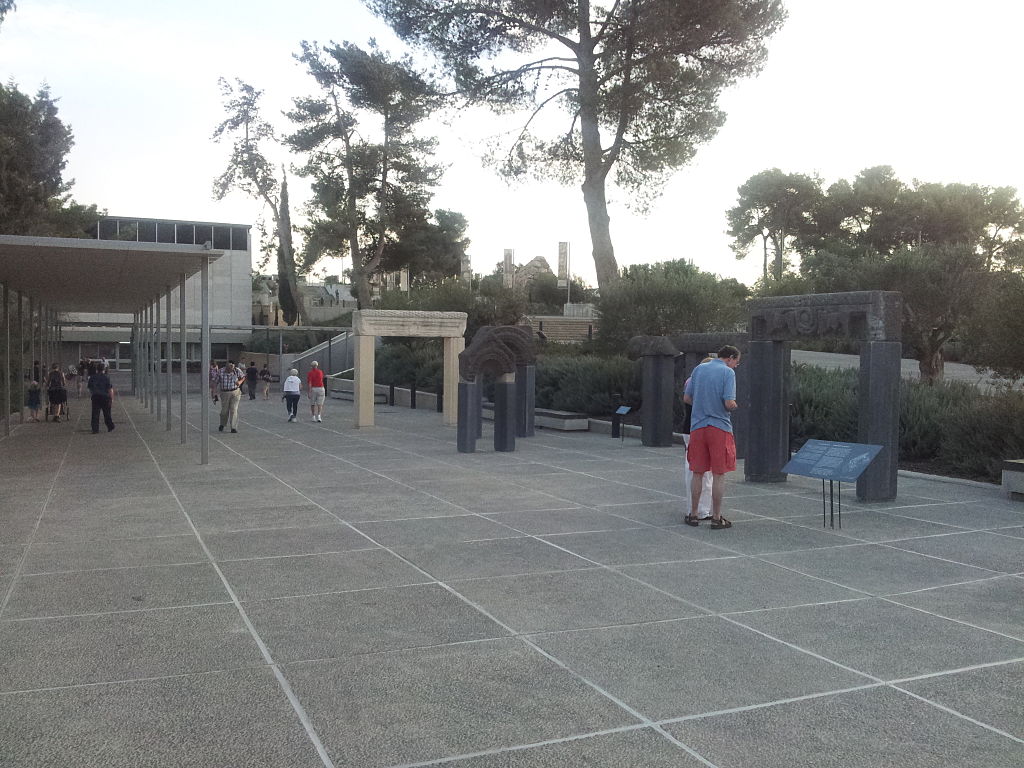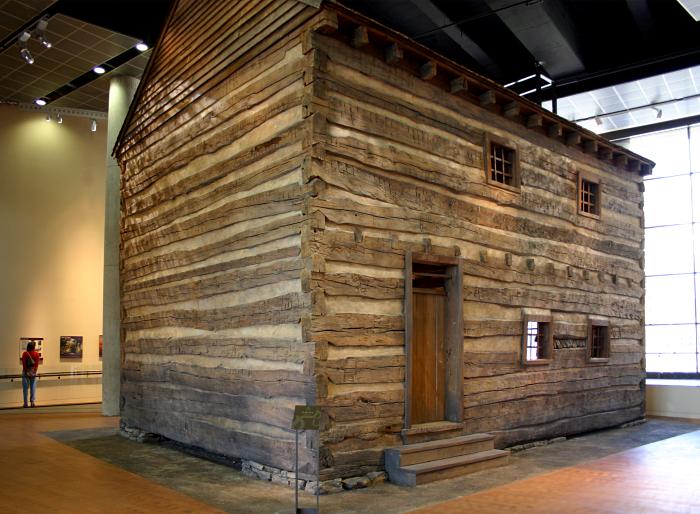
“The Second of May 1808” by Francisco de Goya, also known as The Charge of the Mamelukes, depicts one of the many rebellions against the French occupation of Spain that sparked the Peninsular War.
The scene is set in a public square in Madrid during the Second of May 1808 represents the beginning of the uprising. The Mamelukes of the French Imperial Guard were ordered to charge the rioting Spanish citizens by the French.
The crowd saw the Mamelukes as Moors, which provoked an angry response. Instead of dispersing, the crowd turned on the charging Mamelukes, resulting in a ferocious fight. Goya chose not to paint the focal point to emphasize the chaos of the drama.
This painting is a companion to the painting The Third of May 1808. Both pictures were commissioned in 1814, after the expulsion of Napoleon’s army from Spain.
Goya chose to portray the citizens of Madrid as unknown heroes using the small crude weapons to attack a professional, occupying army.
The depiction of public uprising did not please the Spanish king when he returned after the people’s rebellions, so the paintings were not hung publicly until many years later.
Dos de Mayo Uprising
The Dos de Mayo or Second of May Uprising of 1808 was a rebellion by the people of Madrid against the occupation by French troops. Madrid had been under the occupation of Napoleon’s army for over a month.
This uprising was among several spontaneous widespread riots that occurred without significant fore-planning or funding.
On 2 May a crowd began to gather in front of the Royal Palace in Madrid. Those gathered entered the palace grounds in an attempt to prevent the removal of the youngest son of King Charles IV of Spain.
The French commander sent a battalion of grenadiers to the palace along with artillery detachments. The French forces opened fire on the assembled crowd, and the rebellion began to spread to other parts of the city.
What followed was street fighting across several areas of Madrid as the poorly armed population confronted the French troops. The French general Joachim Murat imposed martial law in the city and assumed full control of the city.
The Spanish forces stationed in the city remained confined to barracks. In the uprising, many hundreds of people died in the fighting. “The Charge of the Mamelukes” portrays the street fighting that took place.
The repression following the crushing of the rebellion was harsh. Murat created a military commission that issued death sentences to all of those captured who were bearing weapons of any kind. In a statement issued, Murat said:
“The population of Madrid, led astray, has given itself to revolt and murder. French blood has flowed. It demands vengeance. All those arrested in the uprising, arms in hand, will be shot.”
Hundreds of prisoners were executed. Goya captured the scene in his painting “The Third of May 1808.” As the French had been attacked with a variety of improvised weapons, any craftsmen found with shearing scissors, kitchen knives, sewing needles, or other tools of their trade were summarily shot.
Puerta del Sol
“The Second of May 1808” by Francisco de Goya is set in the Calle de Alcalá near Puerta del Sol, Madrid. Calle de Alcalá is among the longest streets in Madrid. It starts at the Puerta del Sol and is over 10 km long towards the northeastern of the city.
The Puerta del Sol, which is Spanish for “Gate of the Sun,” is a public square in Madrid. It is one of the busiest places in the city. This is the center of the radial network of Spanish roads.
The square also contains the famous clock whose bells mark the beginning of a new year broadcast live since1962.
Francisco Goya
Francisco José de Goya y Lucientes (1746 – 1828) was a Spanish painter and printmaker. He was the most important Spanish artist of the late 18th and early 19th centuries.
Goya was famously successful in his lifetime, the last of the Old Masters and the first of the moderns.
He was born to a modest family in Aragon, Spain, and started the study of painting from the age of 14. He married at the age of 27, and after a series of pregnancies and miscarriages, only one child, a son, survived into adulthood.
Goya became the court painter to the Spanish Crown in 1786. His early career is marked by portraits of the Spanish aristocracy and royalty and Rococo style tapestry cartoons designed for the royal palace.
Goya suffered a severe illness in 1793, which left him deaf. Sick and disillusioned, his work became progressively darker and pessimistic.
His later paintings, prints, and drawings seem to reflect a bleaker outlook. In 1807 Napoleon led the French army into war against Spain. Goya remained in Madrid during the war, which appears to have affected him deeply.
Artworks from the mid-period of his life were concerned with insanity, mental asylums, witches, fantastical creatures, and religious and political corruption. This subject matter reflected his fear for both his country’s fate and his own psychological and physical health.
The Second of May 1808 – The Charge of the Mamelukes
- Title: The Second of May 1808 – The Charge of the Mamelukes
- Spanish: El 2 de mayo de 1808 en Madrid, or La Lucha con Los mamelucos or La Carga de Los Mamelucos
- Artist: Francisco Goya
- Year: 1814
- Medium: Oil on panel
- Dimensions: Height: 266 cm (104.7″); Width: 345 cm (11.3 ft)
- Type: History Painting
- Museum: Prado Museum, Museo del Prado
Francisco Goya
- Name: Francisco José de Goya y Lucientes
- Birth: 1746 – Fuendetodos, Aragon, Spain
- Died: 1828 (aged 82) – Bordeaux, France
- Nationality: Spanish
- Movement: Romanticism
- Masterpieces:
- The Third of May 1808
- The Repentant St. Peter
- Saturn Devouring His Son
- Portrait of Doña Antonia Zárate (Hermitage Museum)
- Portrait of Doña Antonia Zárate (National Gallery of Ireland)
- Portrait of Doña Isabel de Porcel
- The Second of May 1808 – The Charge of the Mamelukes
The Second of May 1808 or The Charge of the Mamelukes. Francisco de Goya y Lucientes
A Tour of the Prado Museum
- “Las Meninas” or “The Ladies-in-Waiting” by Diego Velázquez
- “The Triumph of Bacchus” by Diego Velázquez
- “Christ Falling on the Way to Calvary” by Raphael
- “The Triumph of Death” by Pieter Bruegel the Elder
- “Saturn Devouring His Son” by Francisco Goya
- “The Third of May 1808″ by Francisco Goya
- “The Judgment of Paris” by Peter Paul Rubens
- “Adam and Eve” by Peter Paul Rubens
- “The Holy Trinity” by El Greco
- “The Adoration of the Shepherds” by El Greco
- “Self-Portrait with Gloves” by Albrecht Dürer
- “The Surrender of Breda” by Diego Velázquez
- “Christ Crowned with Thorns” by Anthony van Dyck
- Masterpieces of the Prado Museum
A Tour of History Paintings
- “Washington Crossing the Delaware” by Emanuel Leutze
- “The Family of Darius before Alexander” by Paolo Veronese
- “Las Meninas” or “The Ladies-in-Waiting” by Diego Velázquez
- “The Third of May 1808″ by Francisco Goya
- The Second of May 1808 – The Charge of the Mamelukes by Francisco de Goya
- “The Fighting Temeraire” by Joseph Mallord William Turner
- “Westward the Course of Empire Takes Its Way” by Emanuel Leutze
- “The Capture of the Hessians at Trenton, December 26, 1776″ by John Trumbull
- “The March to Valley Forge” by William B. T. Trego
- “The Massacre at Chios” by Eugène Delacroix
- “The Execution of Lady Jane Grey” by Paul Delaroche
- “Cromwell in Battle of Naseby” by Charles Landseer
- “The Surrender of Breda” by Diego Velázquez
- “Hannibal and his Army Crossing the Alps” by J. M. W. Turner
- “The Death of Marat” by Gioacchino Giuseppe Serangeli after Jacques-Louis David
- “Oath of the Horatii” by Jacques-Louis David
- “The Coronation of Napoleon” by Jacques-Louis David
- “The Burning of the Houses of Lords and Commons by J. M. W. Turner
- “The Burning of the Houses of Parliament” by J. M. W. Turner
- “The Triumph of Cleopatra” by William Etty
- “Dempsey and Firpo” by George Bellows
- Floreat Etona! by Elizabeth Thompson
- Scotland Forever! by Elizabeth Thompson
The Third of May 1808 (Goya)
~~~
“The act of painting is about one heart telling another heart where he found salvation.”
– Francisco Goya
~~~
Photo Credit: Francisco de Goya [Public domain], via Wikimedia Commons
Popular this Week








 Sponsor your Favorite Page
Sponsor your Favorite Page SEARCH Search for: Search Follow UsJoin – The JOM Membership Program
Sponsor a Masterpiece with YOUR NAME CHOICE for $5
Share this:
- Tweet
